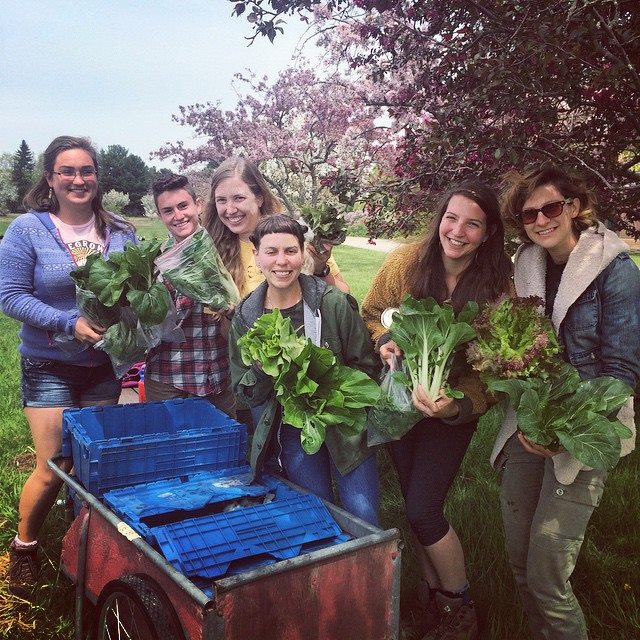by Molly Leebove, UVM Farmer Training Program Staff
Every Friday through the growing season, we will post a few photos from the past week at UVM’s Catamount Educational Farm and the UVM Farmer Training Program. From these you will get a glimpse of the farm season as it unfolds and witness the evolution of these aspiring farmers as they grow into bonafide farmers.







 By Smita Narula
By Smita Narula







